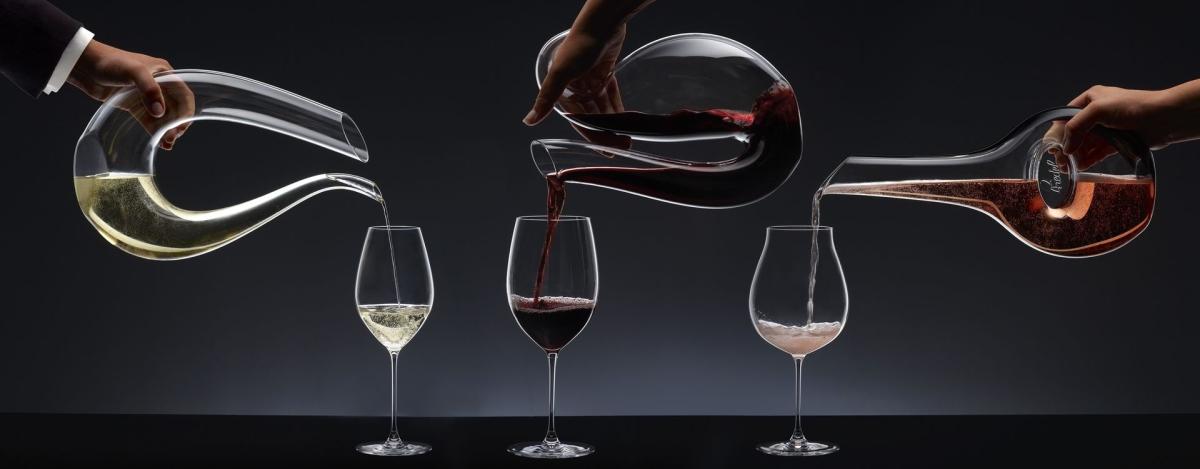“Do you decant Port?” is a question that often arises in whispered tones. Though literature on the subject of decanting this special wine is extensive, most folks aren’t aware of it, and those who are are often scared off by the seeming complexity and effort such decanting--and timing-- entails.
The other night I enjoyed a fantastic glass of Dow's Late Bottle Vintage Port from 2000. Though bottled in such a way to avoid getting sediment in the bottle (and supposedly not requiring decanting), this "meant to be enjoyed immediately" quasi-vintage Port underwent a decanting miracle. With a complex bouquet of wild berries, floral notes, and even a hint of caramel, this rich, full-bodied wine was a symphony of plum, black cherry, fig, apricot, and even dark chocolate on my tongue. Providing a satisfying, long-lasting finish, this exceptional wine made quite the impression! Interestingly enough, my friends who brought the bottle over were astonished that this was the same wine they selected; it was one of their favorites, too! Apparently, they had never decanted their Port before, and were experiencing its magical transformation via decanting for the first time.
Decanting Port is often of greater importance than decanting other wines. Port wines that age in bottles such as Late Bottled Vintage, Crushed Port, and Vintage Port, as opposed to those in casks, are not filtered before they are bottled. This means that there are more deposits that will form in the bottle. (Tawny Port, up to 40 years, has its deposits filtered before bottling so it won’t continue to age.) If you’ve ever been turned off from Port because you once had a glass that contained solid, bitter sediment, your Port was not properly decanted. But decanting, in addition to removing this safe-yet-unpleasant sediment, is essential to opening up a Vintage Port to bring out its bouquet and flavor. Because such Ports contain a bit of sediment, it’s often suggested you stand a bottle upright a day or two before opening to get the majority of deposits to sink to the bottom. Once you’re ready to open your Port, experiment until you find the tool that makes the task easiest for you. There are a number of tongs, screw pulls, lever pulls, etc. to help you remove the old cork. Beginners often find Port tongs the most difficult to master, and screw pulls the easiest. (Many times, because of its age, the cork will break. Do not be discouraged; decanting will help you remove bits of cork that may have fallen into the bottle.)
Once opened, slowly and calmly pour your Port into the decanter of your choice being careful not to stir up the sediment at the bottom by moving the bottle back and forth too much. Do this in a well-lit area, and with a clear decanter such as a Riedel Vinum Magnum Wine Decanter, so you can see what you’re doing. When you observe the deposits rising to the neck of the bottle, stop pouring. If you’re insistent on drinking the little bit of remaining sediment-rich wine, an unbleached coffee filter can be used. With practice, your decanter will be filled by a majority of sediment-free wine. Once in the decanter, let the wine sit for a few hours. Typically, Vintage Port less than 20 years old should be decanted for 2 hours more more before drinking. Vintage Port less than 10 years old requires more oxidation and should be decanted for three or four hours. Older bottles are more difficult to gauge because of numerous variables. That said, 40 year old bottles should receive one hour of air time, and older bottles can be decanted and served immediately. Opinions on the proper amount of decanting time do differ, but I find these guidelines appropriate for the most common circumstances. In short, decant your Port! You’ll be amazed at how good it can be.


